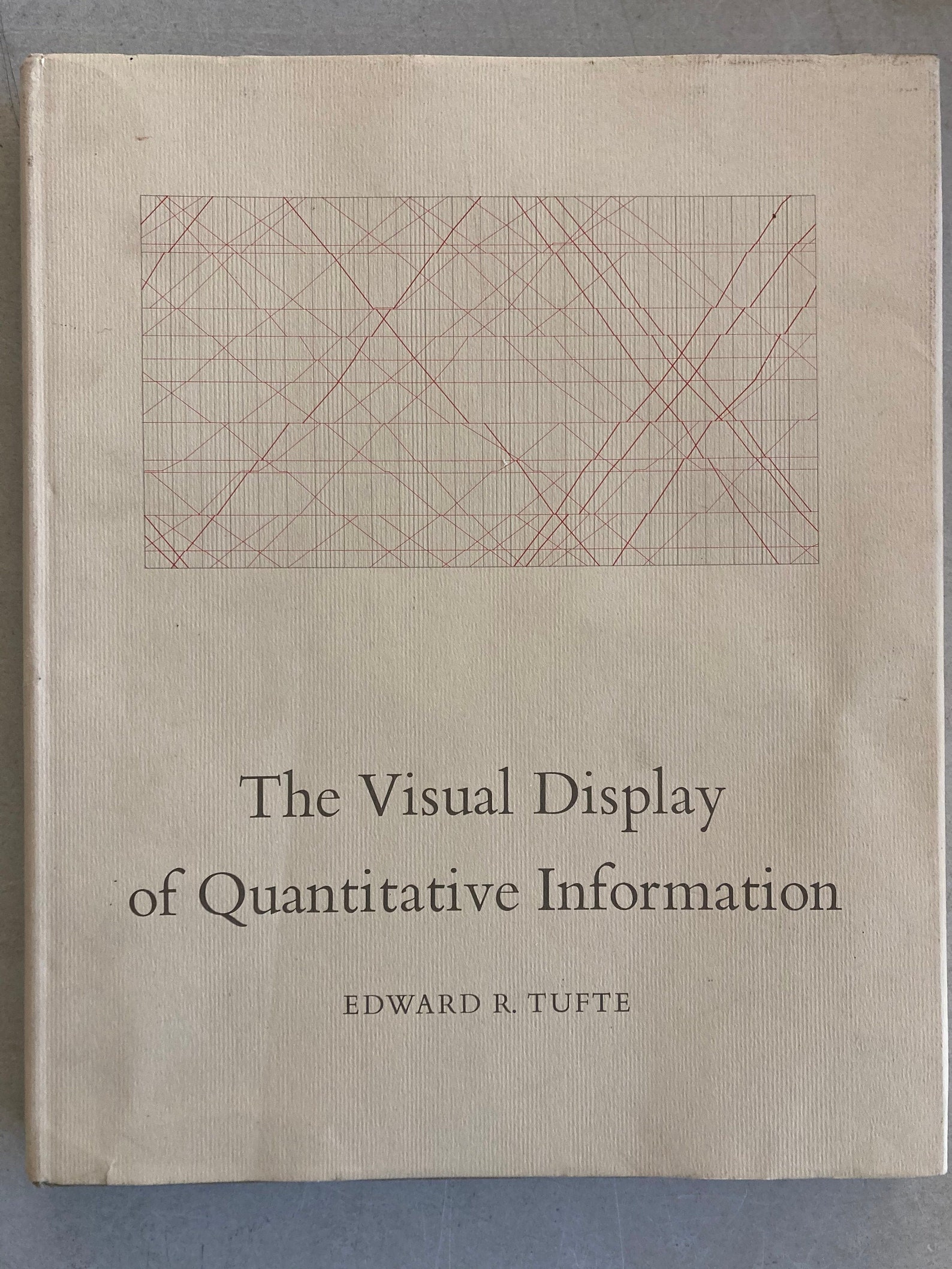


There is no single hard and fast rule for creating good representations because the nature of the data, the users of that data, etc. This will enable the user of the information to make the most out of the representation.

The purpose of “good’ representations is to deliver a visual representation of data to the user of that representation which is “most fit for purpose”. Tufte’s Criteria for Good Visual Information Representation Within his works you can find four essential guidelines for visual information representation: The New York Times called him “The Leonardo da Vinci of data.” In particular his books, Visual Display of Quantitative Information, Envisioning Information, Visual Explanations and Beautiful Evidence are considered to be definitive works in the field of information visualization. He has authored several books and papers on analytic design and is a strong proponent for the power of visualizing data. He is an American statistician and a Professor Emeritus at Yale University (for political sciences, computer sciences and statistics). About Edward TufteĮdward Tufte is, perhaps, the world’s leading authority on information design and data visualization. While this may be a subjective area of information visualization and, of course, there are exceptions to the guidelines (as with all areas of design – rules are for breaking if by breaking them you achieve your purpose) it’s best to begin with the four guidelines outlined by Edward Tufte. How do you deliver a “good” representation of the information that you bring out of the data that you are working with? Information visualization is not as easy as it might first appear, particularly when you are examining complex data sets.


 0 kommentar(er)
0 kommentar(er)
